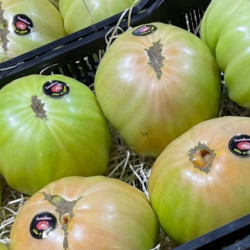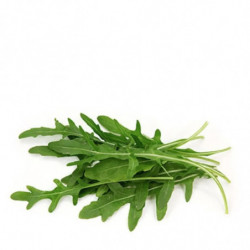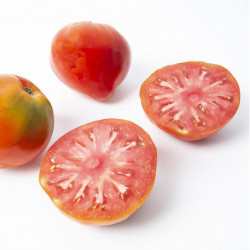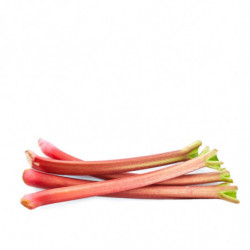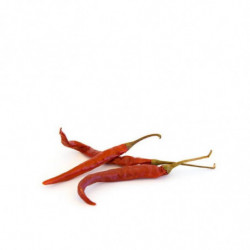Castilian Tomato: Tradition and Flavor
Castilian tomato is a variety of tomato very popular in Spain, especially in the Castilla region. It is a medium-large sized tomato, round and slightly flattened at the poles. Its skin is smooth and shiny, intense red when ripe, and its pulp is firm and juicy, with a sweet and slightly acidic flavor. In terms of nutritional composition, Castilian tomato is an excellent source of vitamins C and A, potassium, and lycopene, an antioxidant that can help prevent cardiovascular diseases and some types of cancer. Additionally, it is low in calories and rich in fiber. There are several varieties of Castilian tomato, such as raf, marmande, rosa, and corazón de buey, each with unique taste and appearance characteristics. Castilian tomato originated in South America and was brought to Europe by Spanish conquistadors. Currently, it is cultivated in various regions of Spain, such as Castilla-La Mancha, Murcia, and Andalusia. In terms of culinary use, Castilian tomato is very versatile and is used in a wide variety of dishes, from salads to sauces and stews. It is especially appreciated for its sweet and juicy flavor, which makes it ideal for raw consumption. In terms of therapeutic properties, Castilian tomato has traditionally been used as a remedy for digestive problems and to combat constipation. A curiosity about Castilian tomato is that its production is usually very seasonal, as it is grown outdoors and depends on climatic conditions. Therefore, its price can fluctuate considerably throughout the year. Currently, Castilian tomato is cultivated in various regions of Spain and is a key ingredient in the country's gastronomy. One of the most popular dishes in which it is used is the tomato and mozzarella salad, where it is combined with other fresh and healthy ingredients.
